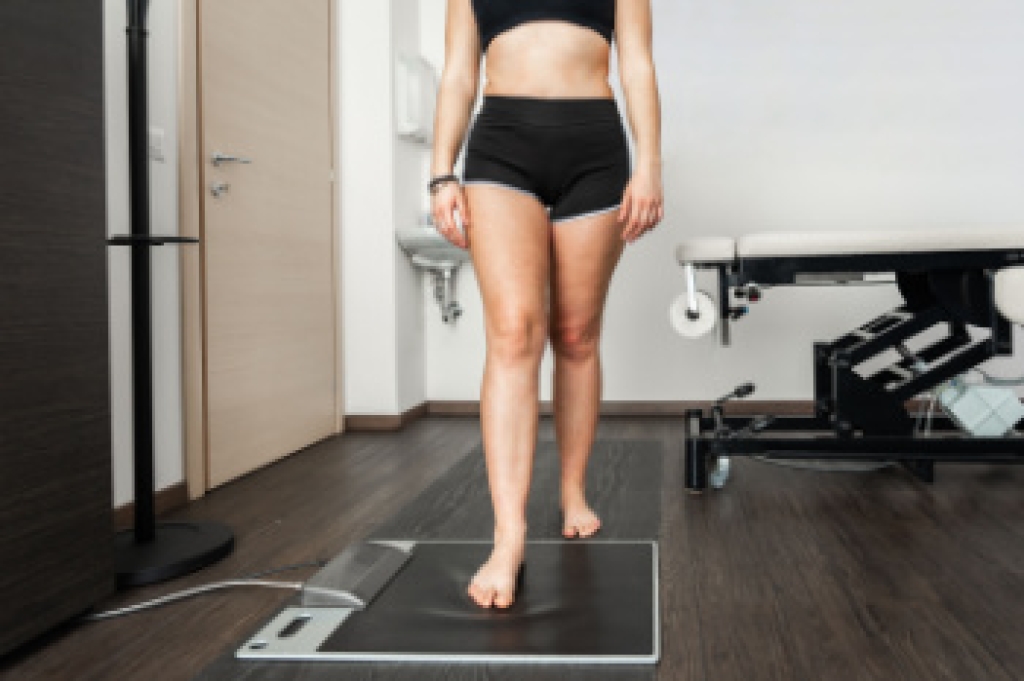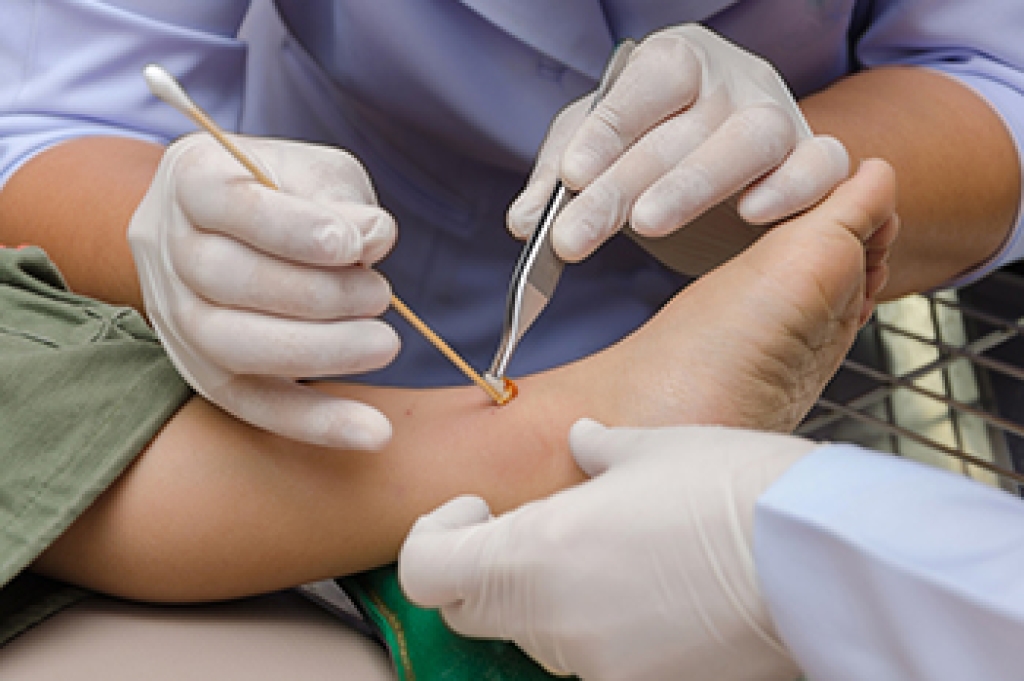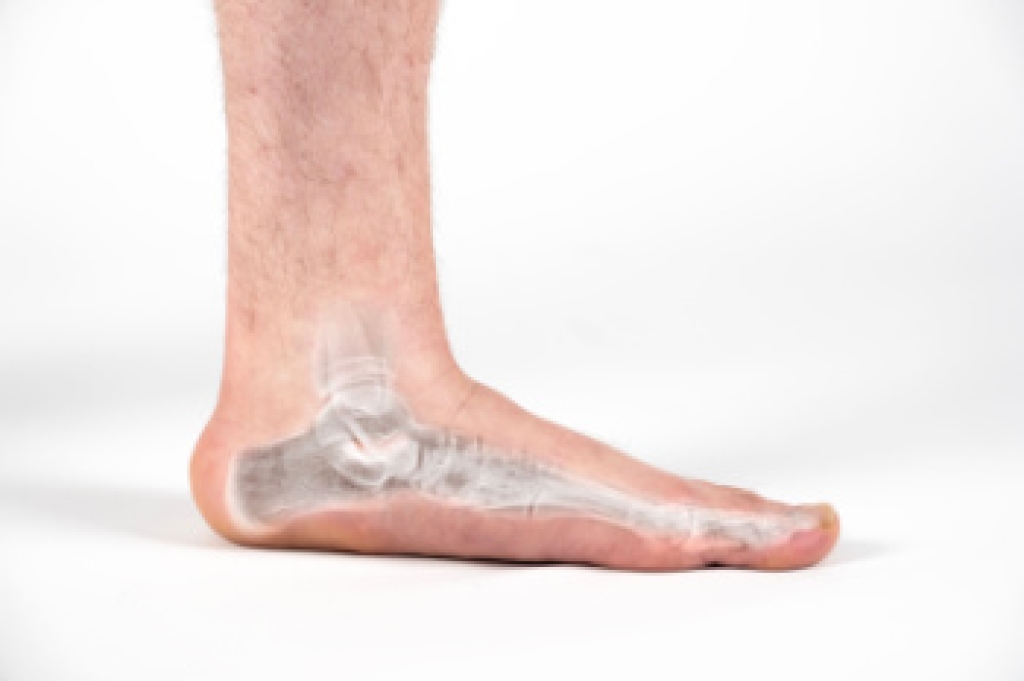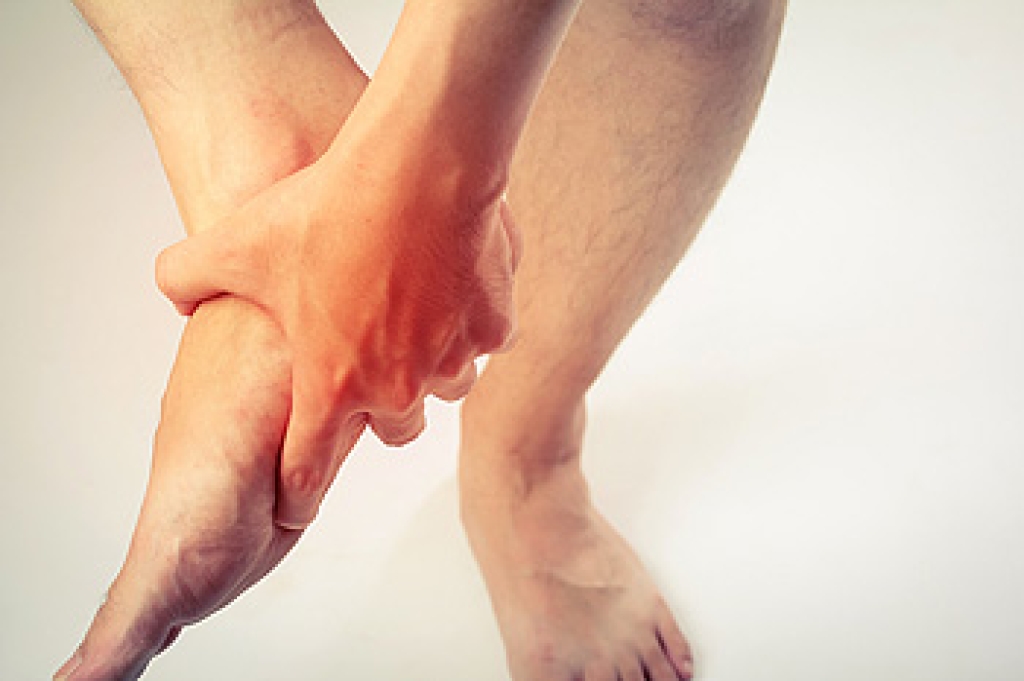
The bones of the foot work together in a complex and well-coordinated way during walking to support balance, movement, and shock-absorption. As the heel strikes the ground, rearfoot bones provide stability and weight-bearing support. During mid-stance, the midfoot bones help distribute pressure evenly across the arch, allowing smooth forward motion. At push-off, the forefoot bones create leverage and flexibility for efficient propulsion. Ligaments and muscles support these bones to maintain proper alignment and reduce stress on joints. When bone movement is altered, pain or injury may occur. A podiatrist can evaluate gait mechanics, identify structural concerns, and provide customized treatments such as orthotics and strengthening plans. If you have foot pain while walking, it is suggested that you consult a podiatrist who can treat various foot and ankle conditions.
If you have any concerns about your feet, contact one of our podiatrists from Foot and Ankle Clinics, PA. Our doctors can provide the care you need to keep you pain-free and on your feet.
Biomechanics in Podiatry
Podiatric biomechanics is a particular sector of specialty podiatry with licensed practitioners who are trained to diagnose and treat conditions affecting the foot, ankle and lower leg. Biomechanics deals with the forces that act against the body, causing an interference with the biological structures. It focuses on the movement of the ankle, the foot and the forces that interact with them.
A History of Biomechanics
- Biomechanics dates back to the BC era in Egypt where evidence of professional foot care has been recorded.
- In 1974, biomechanics gained a higher profile from the studies of Merton Root, who claimed that by changing or controlling the forces between the ankle and the foot, corrections or conditions could be implemented to gain strength and coordination in the area.
Modern technological improvements are based on past theories and therapeutic processes that provide a better understanding of podiatric concepts for biomechanics. Computers can provide accurate information about the forces and patterns of the feet and lower legs.
Understanding biomechanics of the feet can help improve and eliminate pain, stopping further stress to the foot.
If you have any questions please feel free to contact our offices located in Woodbury, West St. Paul, and Edina, MN . We offer the newest diagnostic and treatment technologies for all your foot and ankle needs.




